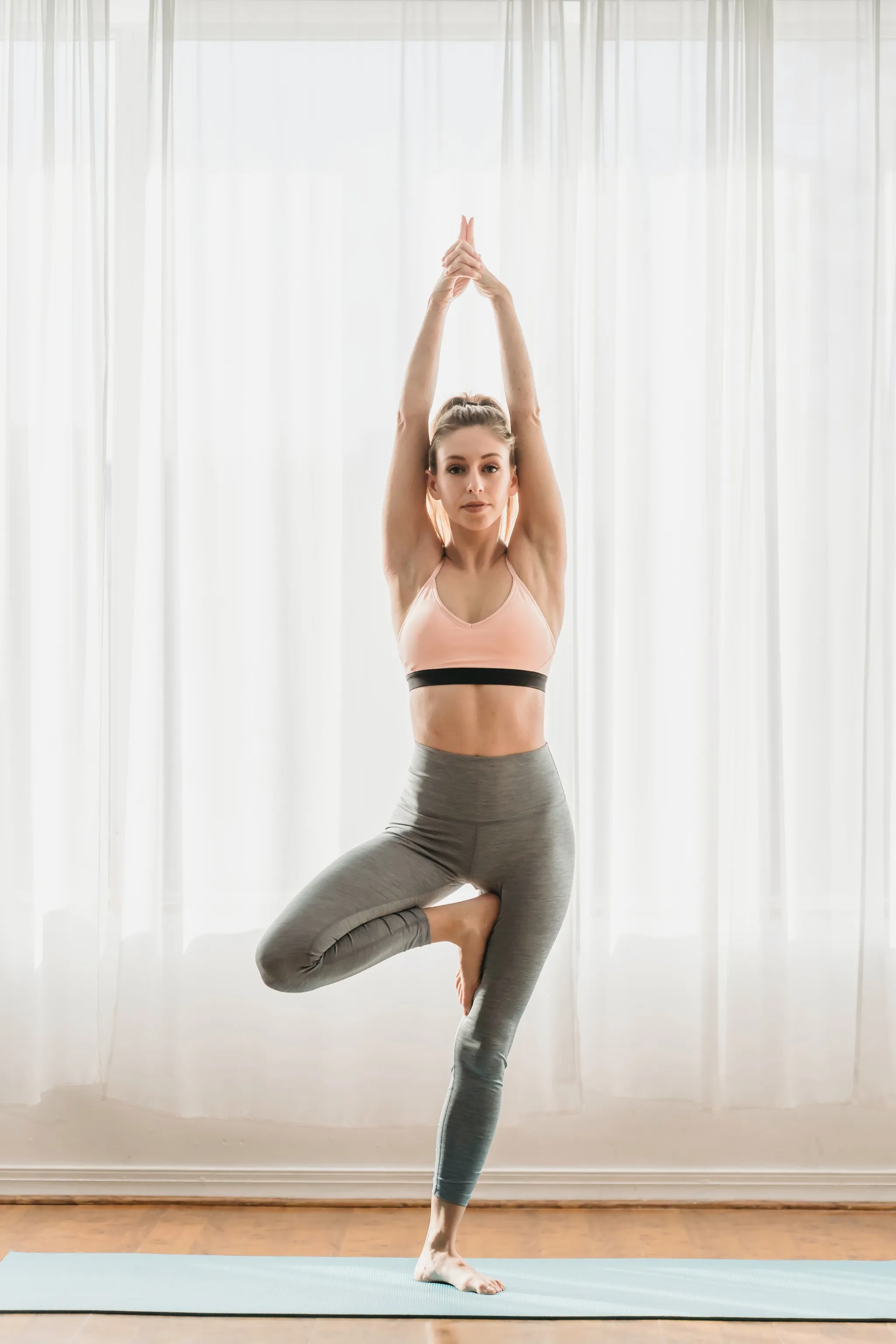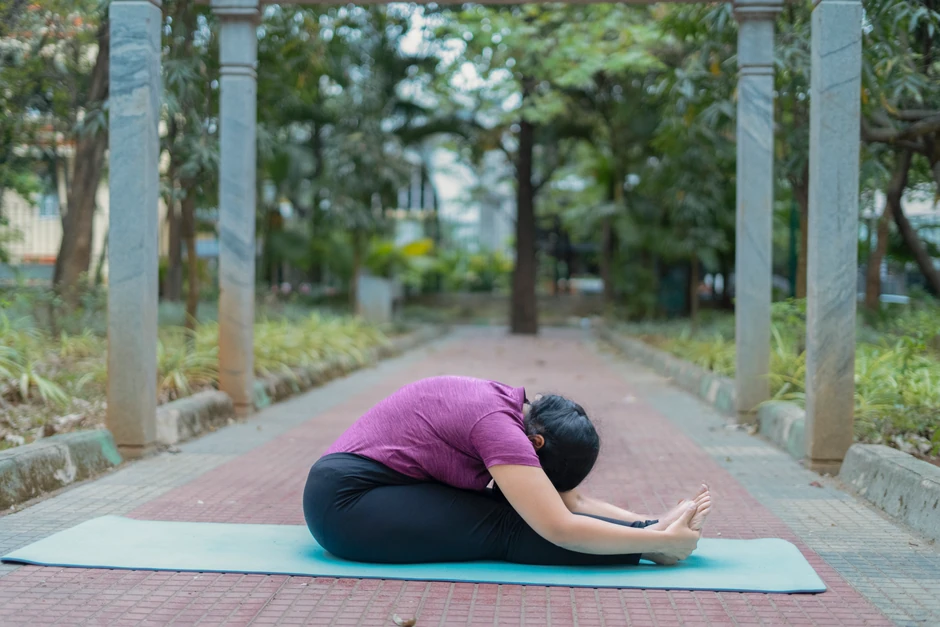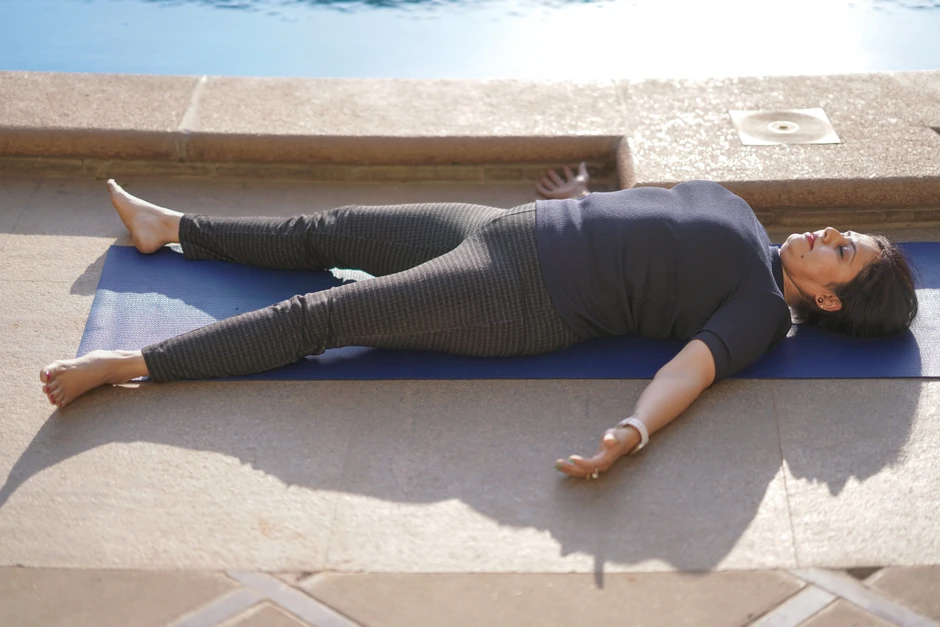

Yoga is a popular form of exercise that offers a range of physical and mental benefits, including improved balance and mobility. For people with Parkinson's disease, incorporating yoga into a management plan can help reduce symptoms and improve overall well-being. In this article, we'll explore the benefits of yoga for Parkinson's disease and provide ten yoga poses and practices that can help improve balance and mobility.
Parkinson's disease is a neurodegenerative disorder that affects movement and can cause tremors, stiffness, and difficulty with balance and coordination. It is estimated that over 10 million people worldwide are living with Parkinson's disease. While there is no cure for Parkinson's disease, there are management strategies that can help reduce symptoms and improve quality of life. One of these strategies is yoga, which offers a range of physical and mental benefits for people with Parkinson's disease.
Yoga can offer a range of benefits for people with Parkinson's disease, including improved balance and stability, increased flexibility and range of motion, reduced muscle stiffness and rigidity, and reduced stress and anxiety. By incorporating yoga into a Parkinson's disease management plan, people with this condition can enjoy a more fulfilling and active lifestyle.
Here are ten yoga poses and practices that can help improve balance and mobility for people with Parkinson's disease:

Stand with your feet hip-width apart, arms by your sides, and palms facing forward. Press down through your feet and lengthen your spine.
.webp)
Stand with your feet hip-width apart, shift your weight onto your left foot, and lift your right foot to rest on your left thigh. Place your hands in prayer position at your heart. Focus on a point in front of you to help with balance.

Step your feet apart, turn your right foot out, and bend your right knee. Extend your arms out to the sides, parallel to the floor. Look over your right hand and hold for several breaths before switching sides.
_optimized.webp)
Step your feet apart, turn your right foot out, and extend your right arm down to the floor or a block. Reach your left arm up to the ceiling and gaze up at your left hand. Hold for several breaths before switching sides.

Lie on your back with your knees bent, feet hip-width apart, and arms by your sides. Press down through your feet and lift your hips up toward the ceiling. Hold for several breaths before lowering back down.

Sit on the floor with your legs extended in front of you. Fold forward over your legs, reaching for your feet or shins. Keep your spine long and hold for several breaths.
_optimized.webp)
Come onto your hands and knees, with your wrists under your shoulders and knees under your hips. Inhale and lift your tailbone and head, arching your back. Exhale and round your spine, tucking your chin to your chest.

Stand with your feet together, bend your knees, and sink your hips down as if you're sitting in an imaginary chair. Reach your arms up to the ceiling and hold for several breaths.

Lie on your back with your arms by your sides and palms facing up. Close your eyes and focus on your breath, allowing your body to relax completely.
This is a sequence of poses that flow together and can help improve overall mobility and flexibility. Start standing at the top of your mat, reach your arms up, fold forward, step back into a plank, lower down to the floor, press up into upward-facing dog, then downward-facing dog. Step forward, lift up halfway, fold forward, and return to standing.
Consult with a Healthcare Professional:
Before starting any new exercise program, it's essential to speak with your healthcare provider, especially if you have Parkinson's disease. Your healthcare provider can advise you on any precautions you need to take or modifications you need to make to keep you safe and prevent injury.
Choose a Qualified Yoga Instructor:
When practicing yoga with Parkinson's disease, it's crucial to work with a qualified yoga instructor who has experience working with individuals with Parkinson's disease. A qualified instructor can provide guidance on how to modify poses as needed and help ensure that you are practicing safely and effectively.
Modify Poses as Needed:
Not every pose will be appropriate or accessible for everyone with Parkinson's disease. It's important to modify poses as needed to accommodate any physical limitations or mobility issues. A qualified yoga instructor can provide guidance on how to modify poses to suit your needs.
Listen to Your Body:
When practicing yoga with Parkinson's disease, it's essential to listen to your body and be mindful of any pain or discomfort. If a pose causes pain or discomfort, it's important to back off or modify the pose as needed. Remember that yoga is a practice, and it's about working with your body, not against it.
Parkinson's disease can have a significant impact on a person's mobility and balance, but incorporating yoga into a management plan can help improve overall well-being. These ten yoga poses and practices can help improve balance and mobility, reduce stress and anxiety, and increase flexibility and range of motion. If you have Parkinson's disease, be sure to speak with your healthcare provider before starting any new exercise program.
Coping strategies for Parkinson's disease may include seeking support from family and friends, joining a support group, engaging in physical exercise, practicing stress management techniques such as meditation or deep breathing, and seeking professional help from a therapist or counselor if needed.
Yoga can be an effective way to control Parkinson's disease symptoms. Some yoga poses that may be particularly helpful include the mountain pose, the warrior pose, and the downward-facing dog pose. Yoga can also help improve balance, flexibility, and strength, which can all be beneficial for people with Parkinson's disease.
Yoga can play a significant role in managing Parkinson's disease symptoms. It can help improve physical function, reduce stress and anxiety, and increase overall quality of life. Yoga can also provide a sense of community and support, which can be particularly important for people with Parkinson's disease who may feel isolated or alone.
Maintaining mobility with Parkinson's disease can be challenging, but it is important to stay active and engage in regular physical exercise. Walking, cycling, swimming, and other low-impact exercises can help improve mobility, balance, and overall physical function. It may also be helpful to work with a physical therapist who can provide specific exercises and techniques to improve mobility and manage Parkinson's disease symptoms.

Receive personalized guidance tailored to your unique fitness goals, live with a dedicated coach—no credit card required.